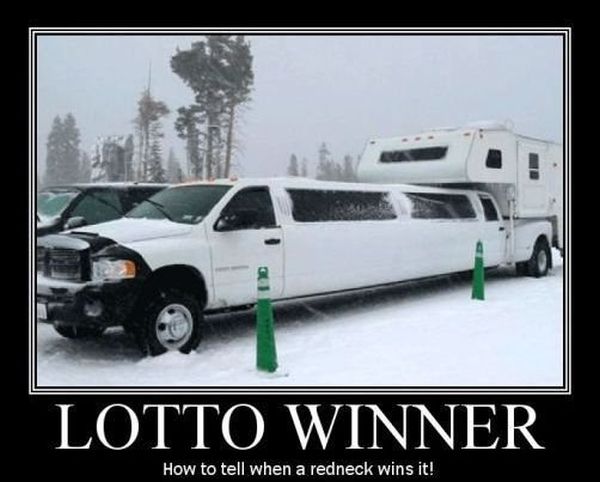
The industry's efforts to target a large white and affluent audience came at the expense of not only non-white listeners, but also actual Southerners and low-income whites, who were harmed by the stereotypes and widespread appropriations perpetuated by “redneck chic.”

The country music industry capitalized on these circumstances, and, after decades of persuading outsiders of country music's solidly middle-class status, paradoxically leaned in to the lowbrow whiteness of “redneck chic,” and sold country music fans on the optics of white rusticity. As the bicentennial lingered and Americans of all backgrounds showed interest in reclaiming ethnic identities, country music and the trend of “redneck chic” were celebrated as symbols of whiteness and invoked as mythic but accepted evidence of a purely white American heritage. 4 At a time of such unease, white, urban Americans with middle incomes found refuge in the Southern imaginary and the signifiers of white rusticity, most notably found in a celebration of the white male Southern figure, the “redneck,” and his musical counterpart, country music.

economy was in recession, and political anxiety also abounded surrounding the Watergate scandal. Months after an oil embargo shocked the globe in late 1973, the U.S. Under the Nixon presidency, Americans remained divided over polarizing issues like the Vietnam War, second-wave feminism, affirmative action, and busing. After decades of overall prosperity following World War II, the United States entered a new era defined by intense social, economic, and political uncertainty. It is in all the magazines, in all the commercials.” 3 The country music boom occurred during a tumultuous period of transition for Americans. Hall described the music's ubiquity, saying, “Country music is the hula hoop of today. But despite the potential to target increasing numbers of non-white fans, the country music industry instead leaned in to the genre's associations with whiteness, and by 1980 and the election of Ronald Reagan, remained more committed than ever before to defining the music as Hemphill had, by branding country music as a product for a white, affluent, and predominantly conservative audience only.Īt the dawn of the 1970s, country music's popularity skyrocketed. A reviewer described the crowd, saying it was “made up of Chicanos, Anglos, many blacks and other races,” leading the writer to conclude: “Country music's new spirit of ecumenism is a hit.” 2 During the first half of the 1970s, the country music audience visibly diversified beyond its typically presumed listeners-white and conservative-not only in terms of its cultural and political affiliations, but also with regard to its racial definitions. By 1977, descriptions from a concert by the Mexican American country music star Freddy Fender spoke to the exciting trends occurring in country music at the time. 1 But despite common presumptions that country music was for whites only, reports from concerts and record sales throughout the 1970s suggested the genre's audience was much more diverse than Hemphill indicated. In 1970, Paul Hemphill claimed “country music is still the white man's world” in his popular book on country music, The Nashville Sound: Bright Lights and Country Music. The industry's efforts to target a large white and affluent audience came at the expense of not only non-white listeners, but also actual Southerners and low-income whites, who were harmed by the stereotypes and widespread appropriations perpetuated by the trend of “redneck chic.”

But despite the potential to target increasing numbers of non-white fans, by 1980 and the election of Ronald Reagan, the industry remained more committed than ever before to defining the music as a product for an affluent, white, and predominantly conservative audience only. These new fans differed from the white and conservative listeners that the country music industry had branded as the quintessential country music fan by the early 1970s.

During this era, growing numbers of non-white fans appeared at country concerts (drawn in large part by a previously unprecedented number of non-white artists who had earned commercial success during this period), and musicians such as Willie Nelson and Waylon Jennings-the “Outlaws”-attracted listeners who identified with the counterculture. This article analyzes the Nashville-based country music industry's marketing practices and targeted audience between 19, an exciting period of racial and political diversification among country listeners and artists.


 0 kommentar(er)
0 kommentar(er)
